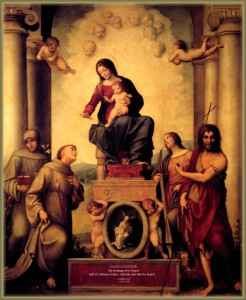
Saint Francis had a deep devotion to the Blessed Virgin Mary, and this devotion was passed on as a legacy from generation to generation of Franciscans. To this day, wherever they are, the spiritual sons of Saint Francis venerate the Mother of God, and usually in their friaries and churches, there are images and statues of the Blessed Virgin. Over the centuries, some of these places have become shrines, since the images have been recognized as miraculous and have therefore been crowned with papal crowns.
Franciscans came to Silesia and Wrocław several years after the death of their founding father, Saint Francis, and spread honor, love and devotion to the Mother of God. This beautiful practice was interrupted for a time by the Reformation and the dissolution of the religious orders. However, Franciscan veneration of the Blessed Virgin in Wrocław would gain new life at the end of the Second World War, when the Conventual Franciscans returned to the city and chose for themselves a church slated for demolition: St. Charles Borromeo. This choice was consistent with the spirit of their father, Saint Francis, who was ordered by God to “Go and rebuild my church, which you can see has fallen into ruin.”
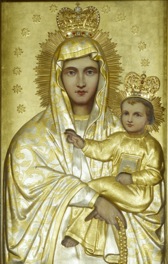
By 1950, the friars had restored and renovated a small chapel similar to the little church called the “Portiuncula” where Francis received the command to “Rebuild my Church”. They decided to dedicate the chapel to the special honor of the Virgin Mary. To this end, and after much efforts, Father Karol Pałęga was able to bring an old and venerated image to Wrocław. The image was first venerated in the former Polish territory in the east, before being moved to the Franciscan basilica in Kraków. The image was known under various names: Our Lady of Joys, the Our Lady of Gentleness, and Our Lady of Grace. The image was installed in the chapel, which at that time was the center of liturgical life in the parish, while the rest of the church was being rebuilt. In 1964, the Auxiliary Bishop of Wrocław, Paweł Latusek, solemnly enthroned the image, which formally received the name “Our Lady of Grace.”
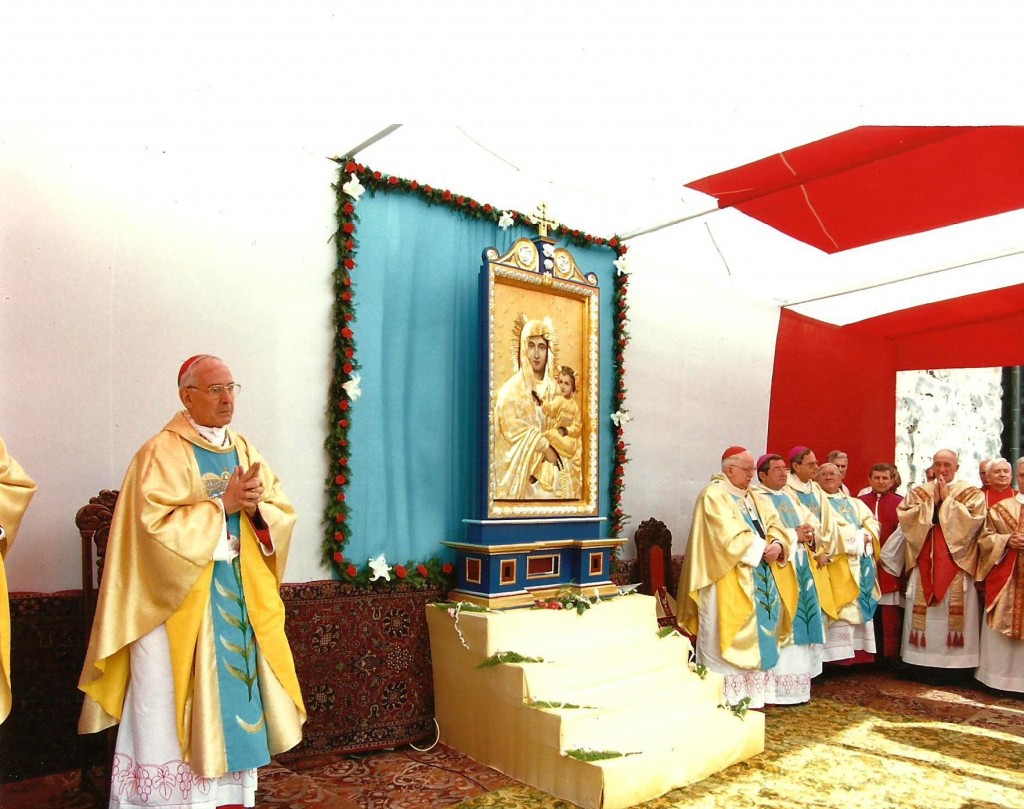
Immediately, veneration of the image began to increase. Every day there was a Mass at which petitions of the faithful and their messages of thanksgiving for Mary’s intercession were read out. On Saturdays, the Mass included a homily. (Now, this Mass is offered at noon, Mondays through Saturdays. Petitions and expressions of thanksgiving are left in a box behind the grille in the chapel, and are read out by the priest before Mass begins.) The faithful flocked to the image in increasing numbers, imploring for themselves and their families grace, healing, conversions and spiritual help.
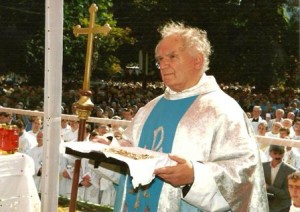
Between 1990–1992 the chapel was renovated and the image was completely restored. The history of the image was traced and miracles and graces received through the intercession of Our Lady of Grace were documented. On 3 May 1993, the Feast of Our Lady, Queen of Poland, by a decree of His Eminence, Henryk Cardinal Gulbinowiz, Archbishop of Wrocław, the Shrine of Our Lady of Grace was established in the parish church of St. Charles Borromeo. This historic event contributed to an increase in veneration of the image and led the Franciscans and Cardinal Gulbinowicz to petition Rome for a coronation of the image with papal crowns.
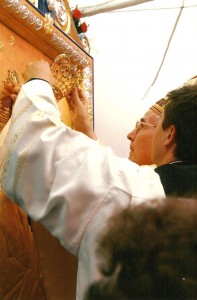
In an official letter (called a “Breve”) of May 14, 1994, Pope John Paul II authorized the coronation of the image, and the church was enlisted as a Marian shrine. After thorough pastoral, religious, spiritual and practical preparations, on 11 September 1994, a delegate of the Holy Father, His Eminence Antonio María Cardinal Javierre Ortas, Prefect of the Congregation for Divine Worship and the Discipline of the Sacraments, in the presence of Cardinal Gulbinowicz, many bishops from the Polish Episcopate and several thousand of the faithful, crowned the image with papal crowns, confirming it as miraculous.
This ceremony took place in the International Year of the Family, which is why the miraculous image of Our Lady was given an additional title: Protectress of Marriages and the Families.
Since the coronation of the image, veneration of Our Lady of Grace continues to grow, as believers from Wrocław and the surrounding region come to the shrine and pray for the intercession of Our Lady of Grace.
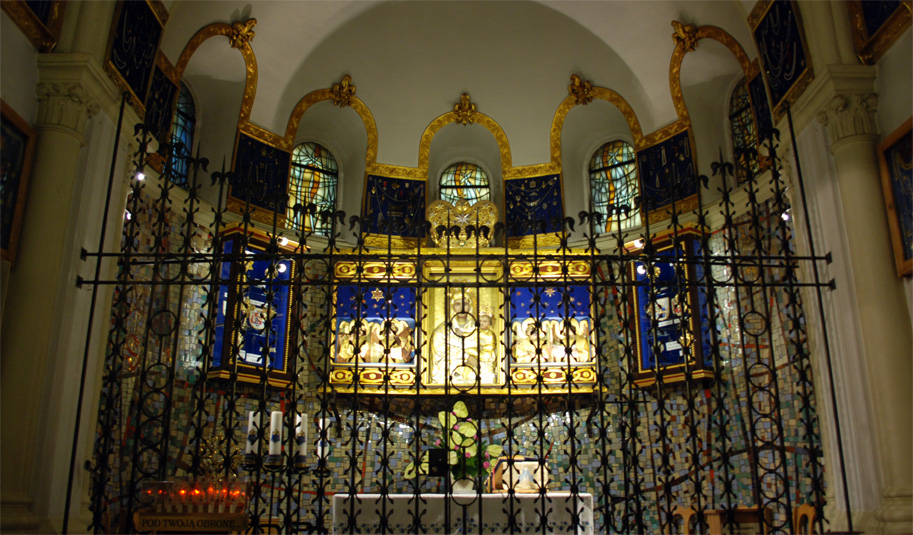
Translation based on a text by Father Jerzy Watras OFM Conv.
